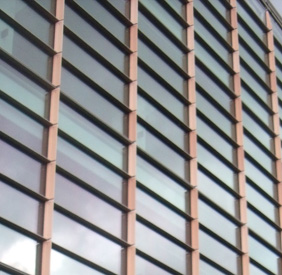Time was, installers of fire alarms, and burglar or intruder alarms, were different companies, or different people – perhaps fire alarms were fitted by firefighters when not at work. Overlap between installs of fire and security alarms and related products is not new – the NSI (National Security Inspectorate) has been providing approval in the fire detection and alarm systems sector since 2001.
You only have to search the online directory for the NSI or SSAIB inspectorates to see that many installation companies have ‘fire and security’ in their title, and besides a company that is named ‘security’ or ‘fire’ in fact offers both disciplines. Why the shift towards offering both? Perhaps the straightforward days of sales, domestic and commercial, have passed and companies in one market or the other see the specialism that they are not working in as useful revenue to seek; or at least to offer to customers.
The market is requiring fire and security systems fitted and used together, for technical and organisational reasons. If a building and site such as a campus, shopping centre or hospital are networked, and feeds go into a command centre or control room – call it what you will – that centre, if the site is large and busy enough to require manning, is an ongoing spend, whereas the physical products, the wireless or wired panels, and so on, are capex, capital expenditure. In the monitoring, by humans, rests much of the expense.
Why have one control room and set of personnel for fire, and another for security and other alarms? As fire and security alike and other devices – access control, video, lone worker safety alarms – in a networked system are to its designer merely items attached to the network, and the data is all zeroes and ones to the network, why not put them all in one room? Especially if a response to an incident will require Security on the scene in any event, whether a fire is due to arson or (in a heritage building, for example) something electrical is the cause.
Likewise if a site has a fire or other major incident, it makes sense to have decision-makers in one place, typically in a room next to the monitoring centre. In any case a fire or security incident may bring the same risks; to life and property.
Just as an end user may feel that detection of a crime is too late – it’s better to prevent; so a site or building manager may prefer to prevent a fire rather than have to deal with the effects of even smoke damage – the cost maybe coming in disruption to service and supply chains, besides the loss of actual products.
Security and fire safety installs in any case have to take account of each other. A back door of a shop like any workplace may be a security risk from an opportunistic intruder; yet it also counts as an emergency exit in fire risk assessment terms (see the official gov.uk advice). Such an assessment may include ‘the removal or safe storage of dangerous substances’, which equally could be a security risk if they fall into malicious hands. Gov.uk offers a fire risk assessment chart and guides for a dozen types of workplace, such as schools, healthcare and transport.










